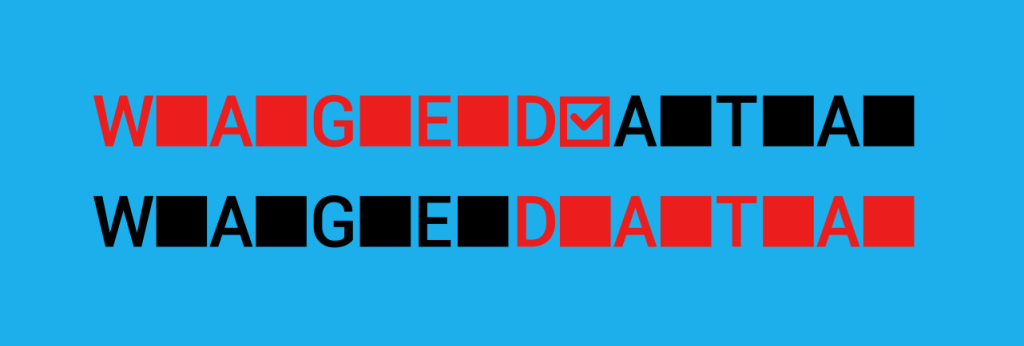[ad_1]
In 2012, the organization Working Artists and the Greater Economy (W.A.G.E.) published a landmark report on the state of artist compensation—and its findings were bleak. More than 58 percent of respondents said that they received no money for participating in exhibitions at U.S. institutions. When they did receive compensation for their labor, the honorarium typically ranged between $500 and $0. Ten years later, a new W.A.G.E. survey has revealed that some progress has been made.
On Monday, W.A.G.E. released a new report compiled by the Cornell University Survey Research Institute that analyzes five years of transactions between artists and institutions. According to the data, since 2014, artists have received nearly $5.6 million through 6,970 transactions from 77 arts organizations that were certified W.A.G.E., which sets standards for payments. By ARTnews’s calculations, on average, respondents received nearly $800 for participating in an exhibition, performance, screening, or other event.
“[The findings] make the heavy admin and painstakingly detailed work involved in running the program necessary and worthwhile,” Lise Soskolne, W.A.G.E.’s core organizer, told ARTnews. “Beyond the numbers, and what the data could never represent, is the mutual trust and understanding with institutions that has come through this work and which I believe is critical.”
In 2014, W.A.G.E. launched a certification program for organizations through which they could commit to minimum payment standards for artists. Those fees were calculated for each institution based on a small fixed percentage of their total annual operating expenses (TAOE).
According to Soskolne, the introduction of the minimum standards for W.A.G.E.-certified institutions has not driven down labor costs, as some had feared. In fact, the new survey reports, 69 percent of all fees paid exceeded the minimum.
But this may not always be the case at larger institutions. W.A.G.E.’s data shows an inverse relationship between institution size (based on operating budget) and the percentage of its budget spent on artist payments. Soskolne said that there is evidence that small- and medium-sized institutions spend the greatest percentage on programming. Art institutions with TAOEs over $5 million spent only 1 percent of their budget on artist fees, while organizations with TAOEs of less than $500,000 spent an estimated 7 percent.
Soskolne believes that the data could indicate a shift in thinking about how change works in the art world. “People tend to think that changing the big institutions is what matters,” the artist and organizer said, “but at the level of actual cash money being paid out, and at the level of causing a real shift in the art system, small appears to be (or do) better.”
The report will also help W.A.G.E. evaluate and reorganize its efforts. Soskolne says that the organization might consider raising minimums for fee categories for certain kinds of programming, like events, performances, talks, and workshops. When it comes to solo exhibitions, group exhibitions, and commissions of new performances, however, the data suggests that artist fees have gone up already.
Launched only in early 2008, months before a financial crisis later that year, by a group of women artists (including Soskolne, A. K. Burns, K8 Hardy, and A. L. Steiner), W.A.G.E. has lobbied to build a more sustainable economic relationship between artists and institutions. By introducing mechanisms of self-regulation into the field, like the certification program, it has become a premiere resource for artists looking to get a fair deal. Its fee calculator has become popular with younger artists.
Alongside its certification program and fee calculator, W.A.G.E. also facilitates a bargaining platform for artists called WAGENCY, which currently has more than 581 members. Soskolne said that she continues to look forward to building up her organizing in the name of equitable pay for artists. “There’s still a lot more work to do in thinking this through,” she said, “and we’d like to bring more voices into the conversation to do it.”
Correction, 12/19/19, 5:55 p.m.: This article misstated details about W.A.G.E.’s history. The organization was started in 2012, not 2010, and it now includes 581 members, not 430.
[ad_2]
Source link

